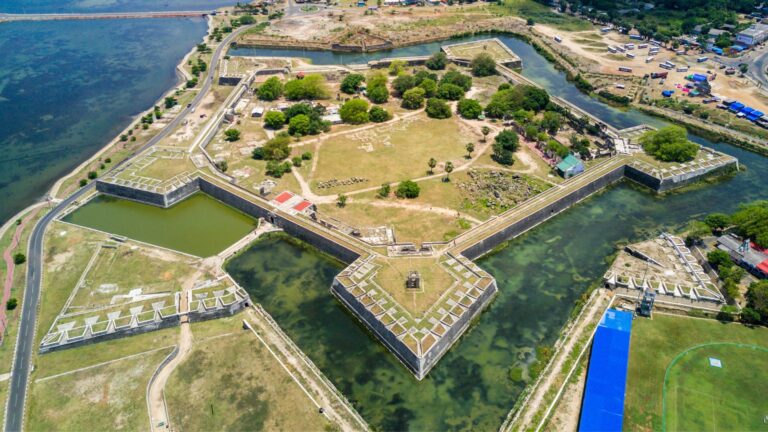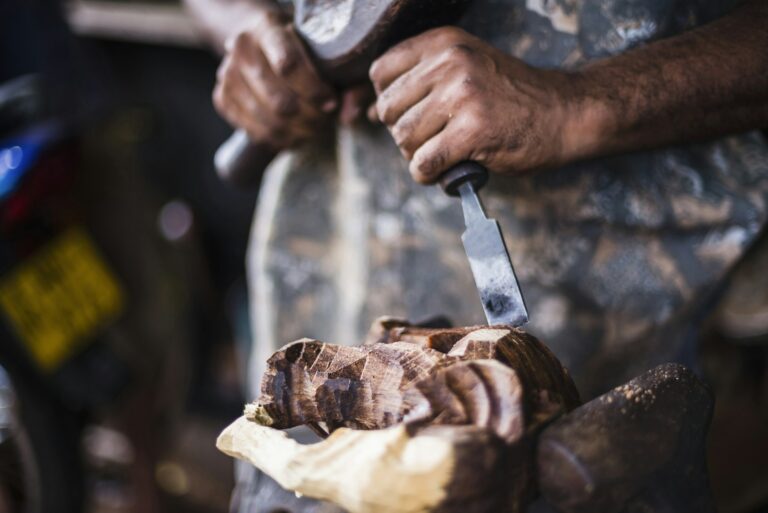Close to the coastal village of Gurunagar in Jaffna, the intriguing Jaffna Fort stands as an architectural marvel. Built by the Portuguese between 1618 and 1625, it was originally named the “Fortress of Our Lady of Miracles of Jafanapatão”, drawing inspiration from the neighboring church dedicated to the Virgin Mary. Over time, the fort changed hands: the Dutch took control in 1658, followed by the British in 1795. Today, it remains a testament to Sri Lanka’s colonial past.

Founded by the Portuguese in the 16th century, Galle flourished in the 18th century before the British arrived. This historic town exemplifies a fortified city shaped by European architectural styles interwoven with South Asian traditions. Its well-preserved fortifications stand as a living legacy of the past.

The vast plains of northern Sri Lanka, once known as Rajarata or “The King’s Land,” now bear the name Cultural Triangle. This region, steeped in history, boasts magnificent ruined monuments. Inspired by the “golden triangles” of Thailand and India, the Sri Lankan government has diligently restored and promoted these ancient sites for modern tourists. The Cultural Triangle connects three significant points: the great Sinhalese capitals of Kandy in the south, Anuradhapura in the north, and Polonnaruwa in the east. While this tourist-oriented concept simplifies the region’s past, it’s essential to recognize that Kandy’s history diverges significantly from that of the earlier capitals, both chronologically and geographically
